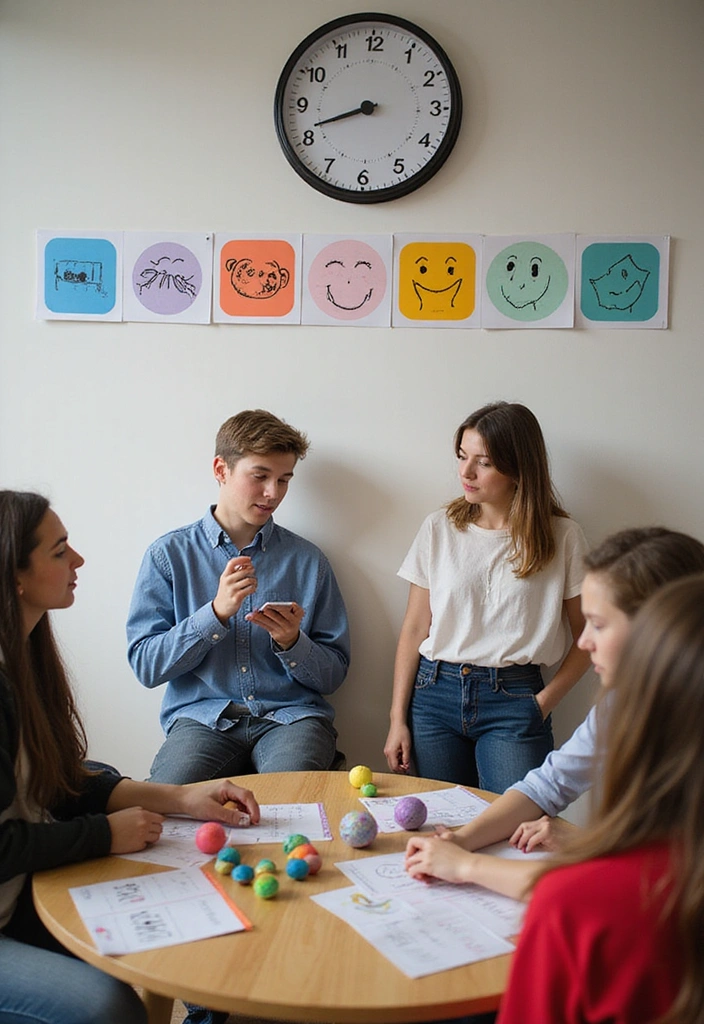Unlock student potential! Discover 15 powerful ways to boost student motivation and ignite a passion for learning. Get ready for incredible results – you absolutely have to try technique #3!

Motivating students can feel like a tricky puzzle, but it doesn’t have to be.
With the right strategies, you can ignite a fire in them that fuels their passion for learning. By creating an environment that encourages engagement and celebrates success, we can inspire students to reach new heights.
Let’s delve into fifteen powerful techniques that will help you captivate your students’ hearts and minds. These methods are not only tested and tried but are also adaptable to fit various learning styles, ensuring that every student feels included and motivated.
1. Set Clear Goals
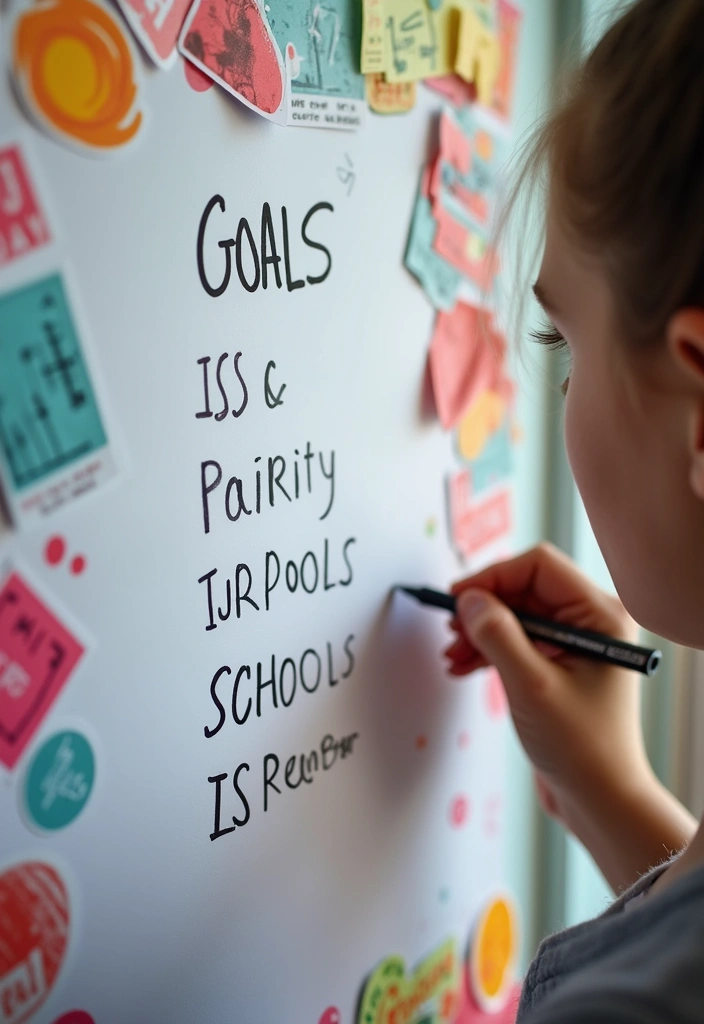
Setting clear and achievable goals can transform student motivation from a flicker into a roaring flame. When students know what they are expected to accomplish, they feel a sense of direction and purpose.
Encourage your students to set both short-term and long-term goals. For instance, a short-term goal could be completing a project by the end of the week, while a long-term goal might involve mastering a specific skill by the end of the semester.
Consider implementing the SMART criteria—Specific, Measurable, Achievable, Relevant, and Time-bound—to help them craft their goals. This method gives students a clear framework to work within, making their objectives feel more manageable and less intimidating.
Encourage regular check-ins to assess progress, celebrate milestones, and adjust goals as needed. By fostering an environment of accountability and encouragement, you’ll see your students gain confidence in their abilities.
2. Create a Positive Learning Environment
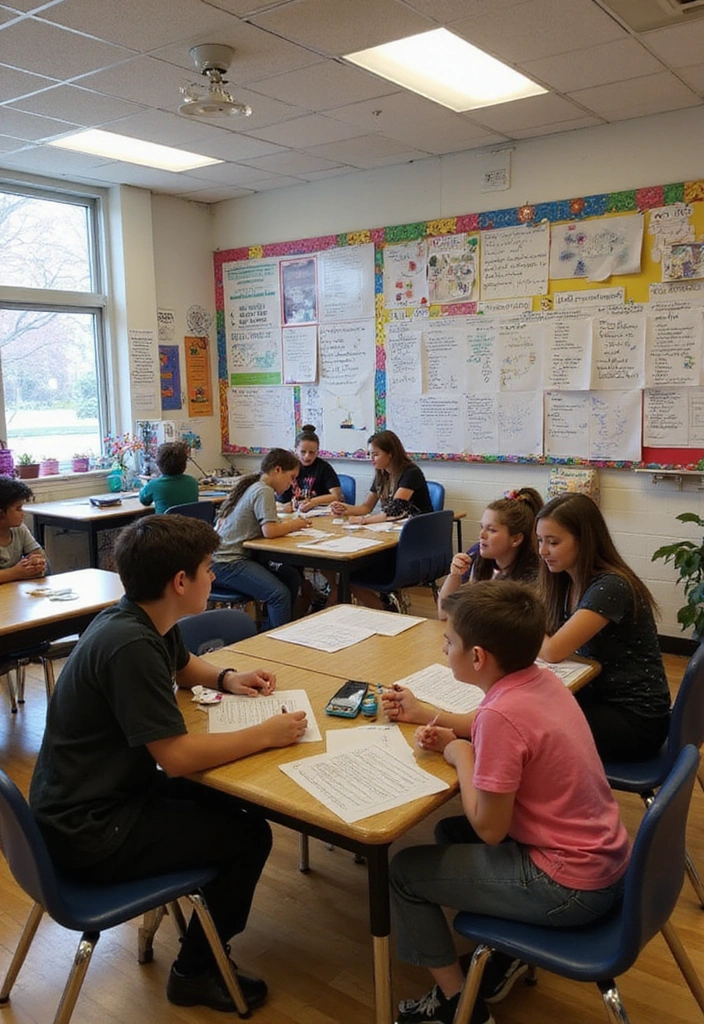
The atmosphere of a classroom plays a significant role in student motivation. A positive environment fosters creativity, collaboration, and comfort, allowing students to express themselves without fear of judgment.
Start by promoting a culture of respect and encouragement. Simple gestures like assigning team-building exercises or creating seating arrangements that promote interaction can make a huge difference.
Consider adding bright colors, student artwork, or motivational quotes to the classroom decor. These elements can make the space feel welcoming and stimulating.
Incorporating flexibility into your teaching approach, such as allowing students to choose their projects or how they present their work, can also enhance their sense of ownership and investment in their learning journey.
Ultimately, when students feel safe and valued, their motivation is likely to flourish.
3. Integrate Technology
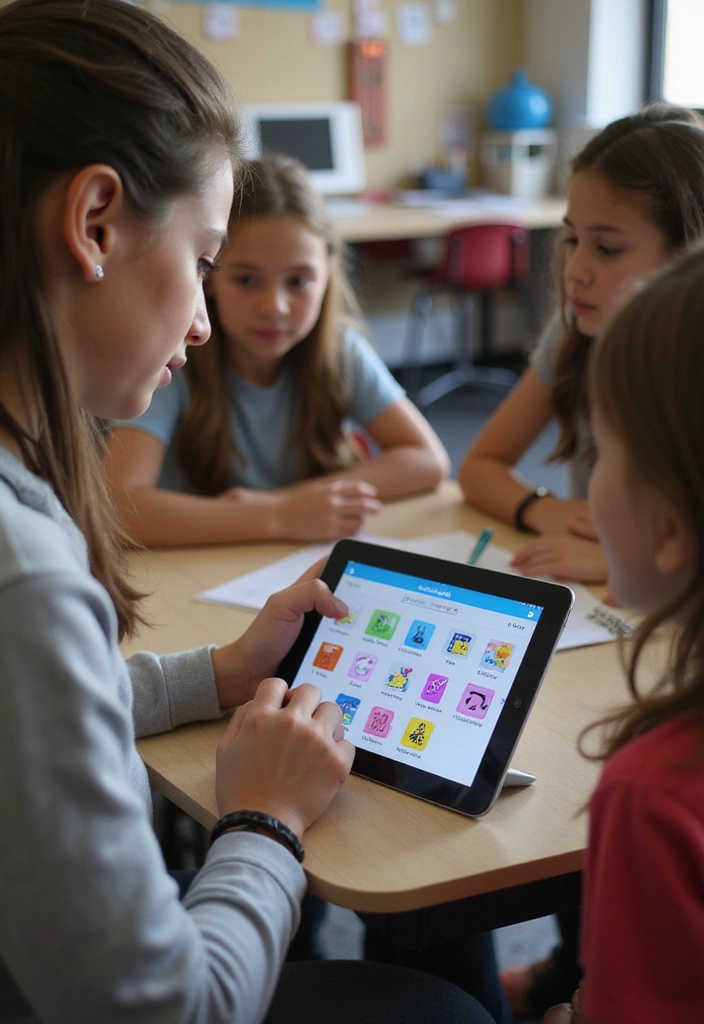
In today’s digital age, integrating technology into the classroom can be a game-changer for boosting motivation. Students are often drawn to interactive and multimedia resources that make learning more engaging.
Introduce educational apps, online quizzes, and interactive platforms that allow for collaboration and creativity. Tools like Kahoot! or Google Classroom can make assessments fun and interactive, encouraging students to participate actively.
Also, consider utilizing video lessons, podcasts, or online simulations to supplement traditional teaching methods. These resources can appeal to various learning styles, making lessons more relatable and exciting.
Technology not only captures students’ attention but also empowers them to take charge of their learning. By encouraging them to use technology for research or presentations, you’re equipping them with skills they’ll need in the future.
It’s essential, however, to balance screen time with hands-on activities to maintain engagement without overwhelming them.
4. Foster a Growth Mindset
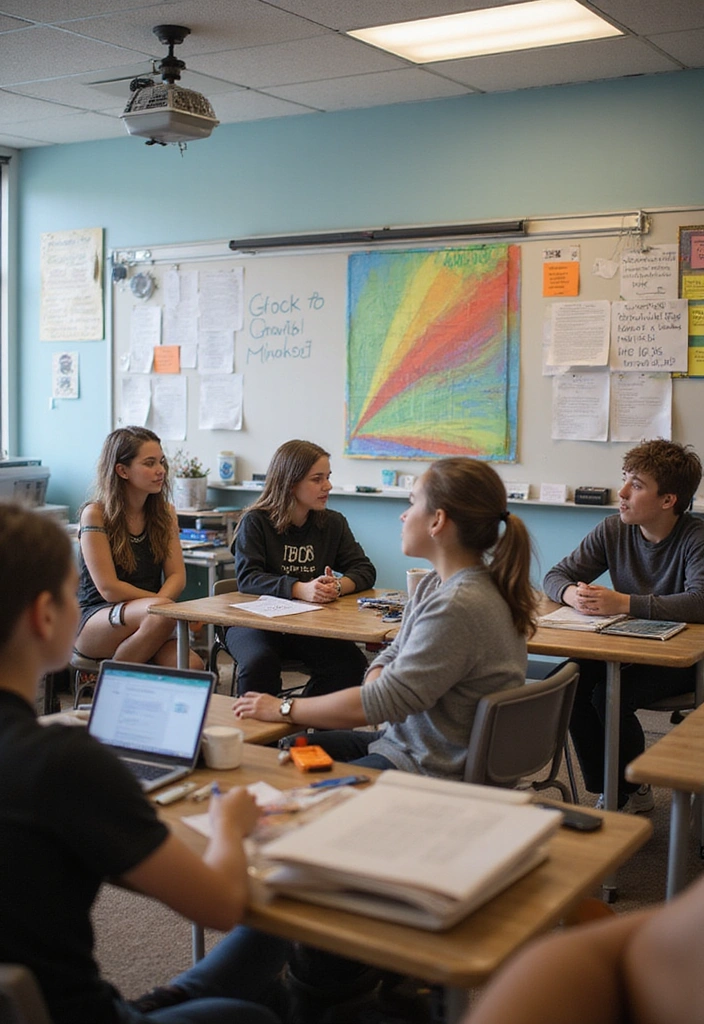
A growth mindset encourages students to view challenges as opportunities for growth rather than obstacles. This perspective can significantly increase their motivation to tackle difficult concepts and persist through setbacks.
Start discussions about what a growth mindset means and how it can transform their learning experiences. Share stories of famous figures who faced failures but ultimately succeeded due to their perseverance.
Encourage students to embrace mistakes as learning moments. Implement reflective practices, such as journaling about challenges and solutions. This not only helps them process experiences but also reinforces their resilience.
Additionally, offer praise specifically for effort rather than just results. This reinforces the idea that hard work and determination lead to improvement, fostering a culture where students feel empowered to try again when they stumble.
5. Encourage Peer Collaboration
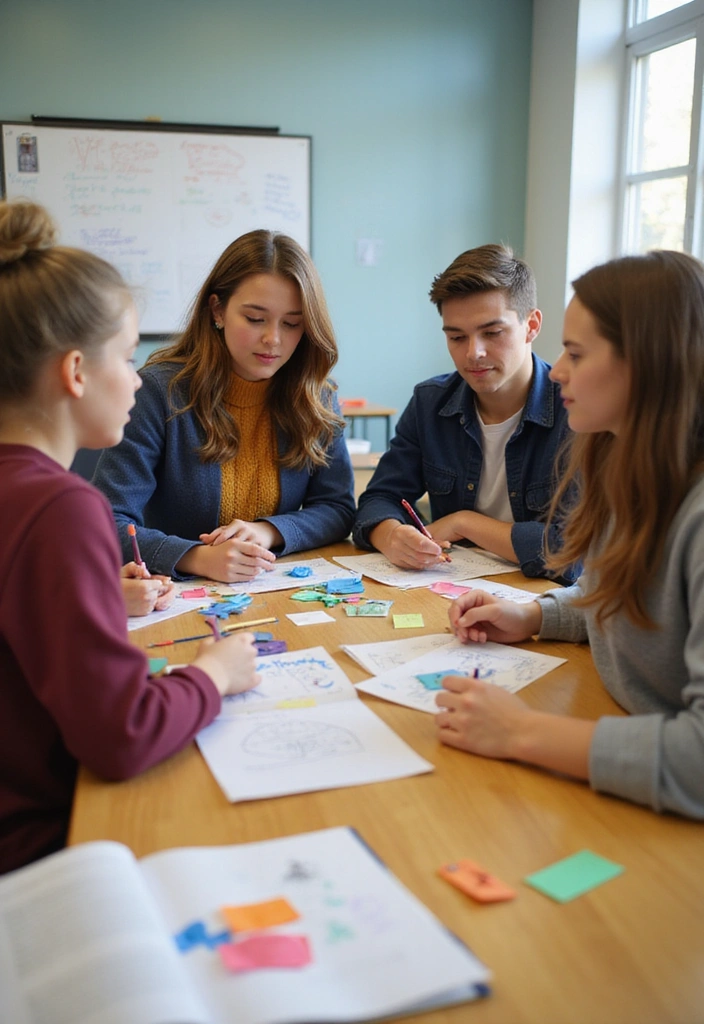
Collaboration can be a fantastic motivator for students, as it fosters a sense of community and belonging. When students work together, they not only learn from each other but also build valuable social skills.
Implement group projects where students can leverage each other’s strengths. Assign roles based on individual talents—perhaps one excels in research while another shines in presentation. This way, each student feels they contribute meaningfully to the team, enhancing their engagement.
Additionally, consider peer mentoring programs where older or more advanced students help younger ones. This creates a supportive learning environment and boosts the confidence of both the mentor and the mentee.
Incorporate collaborative tools, such as Google Docs or discussion boards, where students can share ideas and resources easily. This technology not only simplifies communication but also helps maintain accountability among group members.
6. Gamify Learning
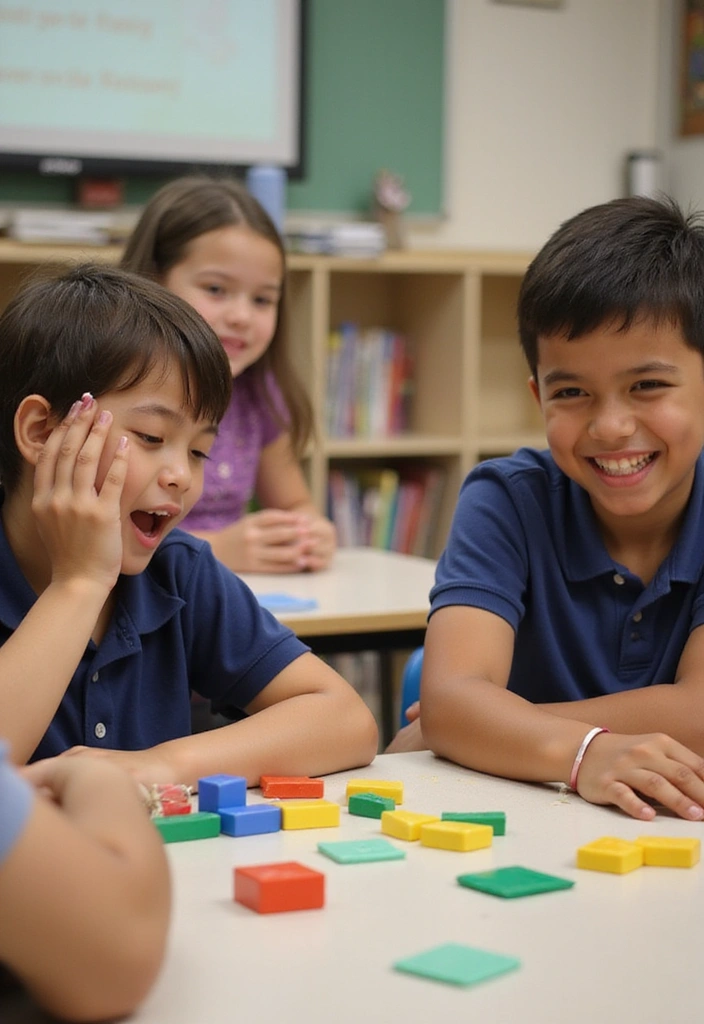
Games can turn mundane lessons into exciting challenges, making learning a fun adventure. Gamifying education motivates students to participate, fostering engagement like nothing else can.
Consider introducing elements of competition, such as leaderboards for quizzes or classroom challenges. Use points systems where students can earn rewards for accomplishments or teamwork.
Incorporate game-based learning platforms like Classcraft or Quizizz that allow students to learn through play. These tools can make subjects more relatable and enjoyable. And don’t forget the power of simple classroom games—think trivia competitions or scavenger hunts that reinforce concepts.
By blending fun with education, you make learning something students look forward to instead of just another task to complete.
7. Provide Timely Feedback
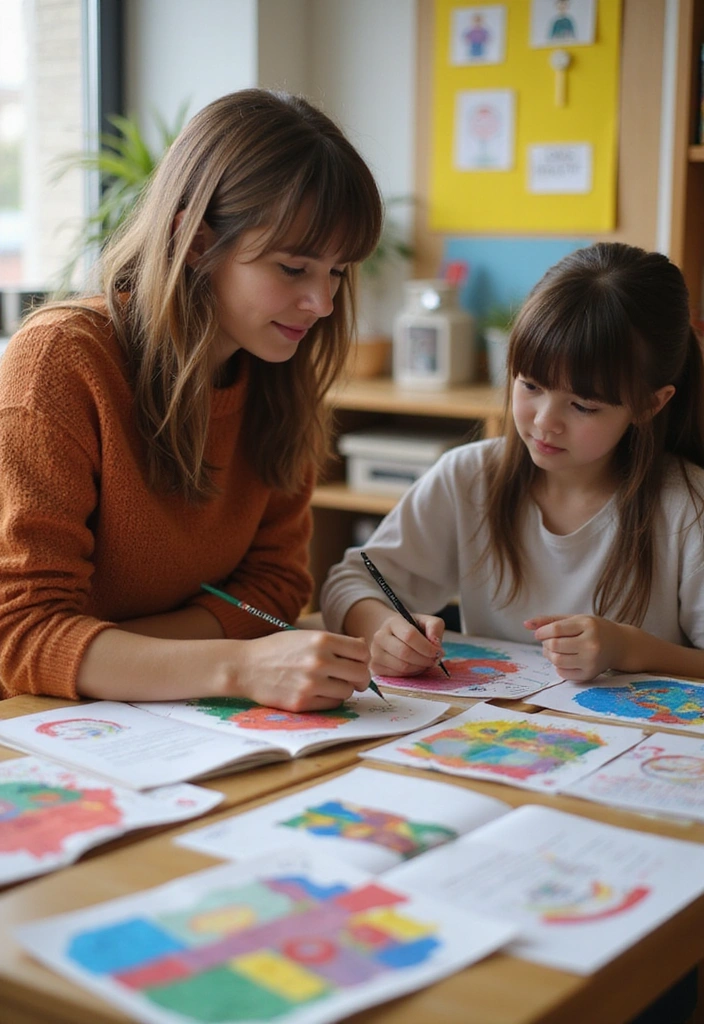
Feedback is a crucial part of the learning journey that can significantly boost student motivation. When students receive constructive feedback, they know where they stand and how they can improve.
Make it a habit to provide timely, specific feedback on assignments and projects. Instead of generic comments, focus on what they did well and where they can grow. This helps students feel valued and encourages them to put in more effort.
Consider using digital tools to streamline the feedback process. Platforms like Google Classroom allow you to comment directly on students’ work, making the feedback easily accessible and interactive.
Incorporating peer feedback can also foster a sense of community and collaboration. Encourage students to review each other’s work and provide suggestions, which helps them develop critical thinking skills while also learning to accept input.
8. Celebrate Success
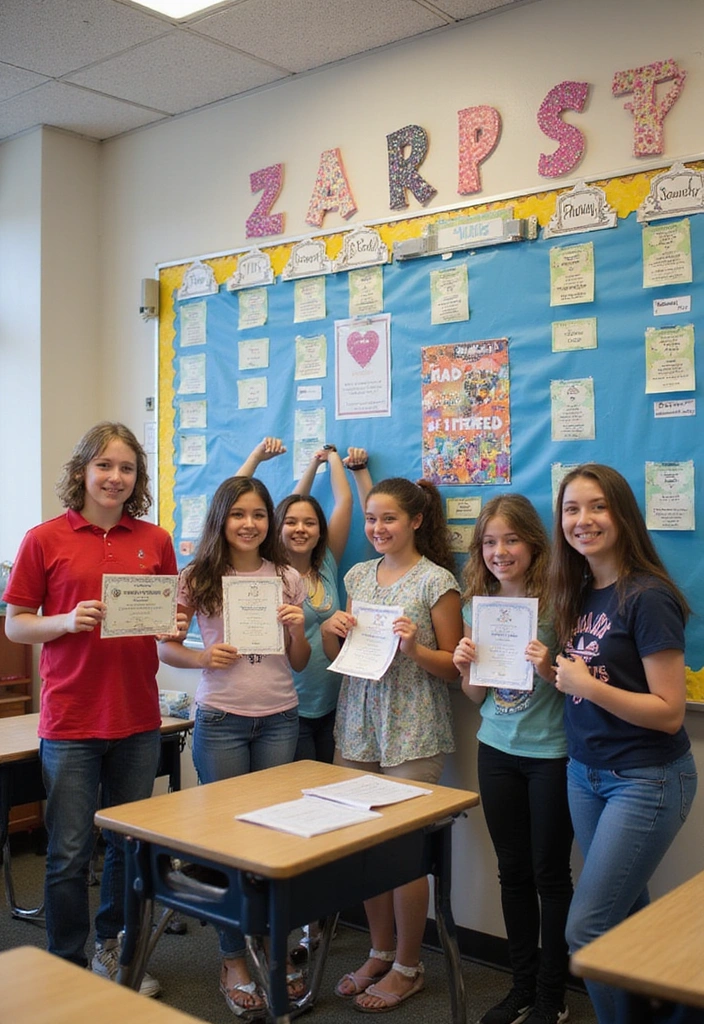
Every achievement, big or small, deserves recognition. Celebrating success can significantly boost student morale and motivation, prompting them to strive for even greater accomplishments.
Create a culture of celebration by recognizing students’ achievements in various ways. This could be through a ‘Student of the Month’ program, shout-outs in class, or even a celebration wall where students can share their goals and successes.
Incorporating fun rewards, such as certificates or small tokens of appreciation, can further motivate students. Make sure to include the whole class by celebrating group achievements as well!
By acknowledging their hard work, you help students feel valued and appreciated, reinforcing their desire to succeed. It’s important that the celebrations are sincere and meaningful, building a supportive community where everyone feels uplifted.
9. Incorporate Real-World Applications
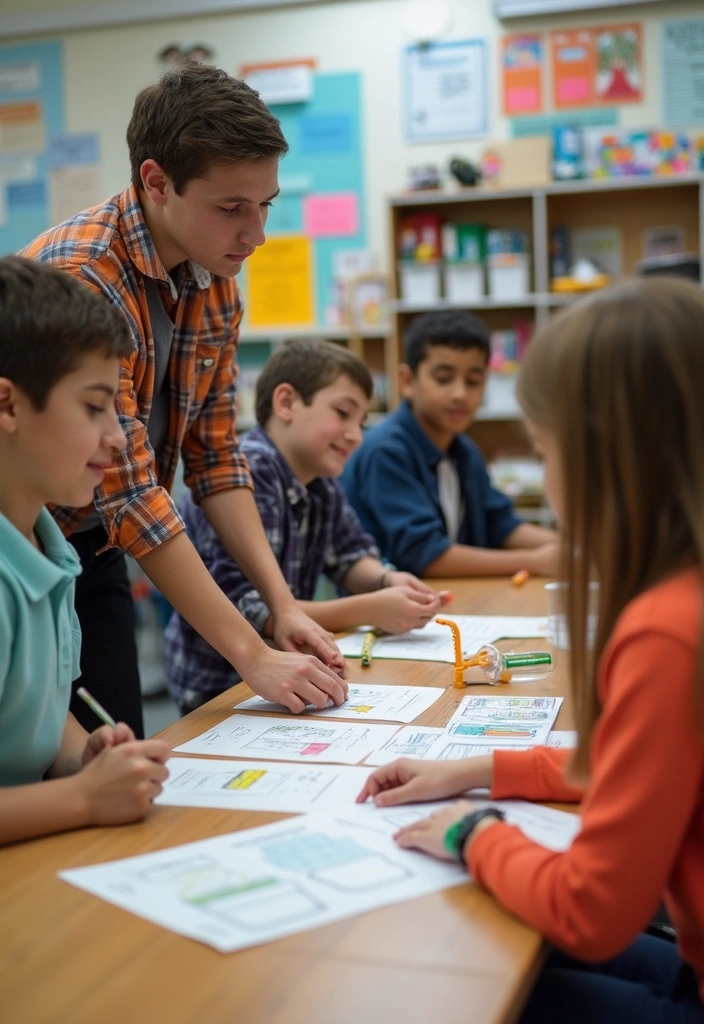
When students see how their education connects to real life, their motivation to learn skyrockets. Integrating real-world applications into lessons helps them grasp the relevance of what they’re learning.
Invite guest speakers, organize field trips, or create projects that connect classroom topics to real-world scenarios. For example, math lessons can incorporate budgeting for a school event, while science classes might explore local environmental issues.
Encourage students to think critically about how they can apply their skills in the future. Assign projects that allow them to solve real-life problems, giving them a sense of purpose in their work.
This approach not only enhances engagement but also prepares them for life beyond school, making learning feel richer and more impactful.
10. Personalize Learning Experiences

Every student is unique, and personalizing their learning journey can greatly enhance motivation. Tailoring lessons to fit individual needs and interests makes education more engaging.
Conduct assessments to understand students’ learning styles and preferences. Use this data to develop differentiated instruction that caters to various abilities. For example, some students might excel in visual learning while others prefer practical hands-on activities.
Incorporate choice into assignments, allowing students to select topics or project formats that resonate with their interests. This autonomy can boost their investment in learning.
Also, consider one-on-one check-ins to discuss students’ goals and challenges. Building personal relationships fosters trust and makes students feel supported in their learning journey.
11. Implement Mindfulness Practices

Mindfulness can help students focus, manage stress, and maintain motivation. Incorporating mindfulness practices into the classroom provides students with tools to calm their minds and stay engaged.
Begin with simple breathing exercises or short meditation sessions at the start or end of class. These practices can enhance concentration and create a peaceful learning environment.
Consider integrating activities such as mindful journaling, where students can reflect on their thoughts and feelings. This encourages self-awareness and emotional regulation.
Additionally, teach students visualization techniques to boost confidence before tests or presentations. By equipping them with these strategies, you empower them to handle challenges with a positive mindset.
12. Provide Choices
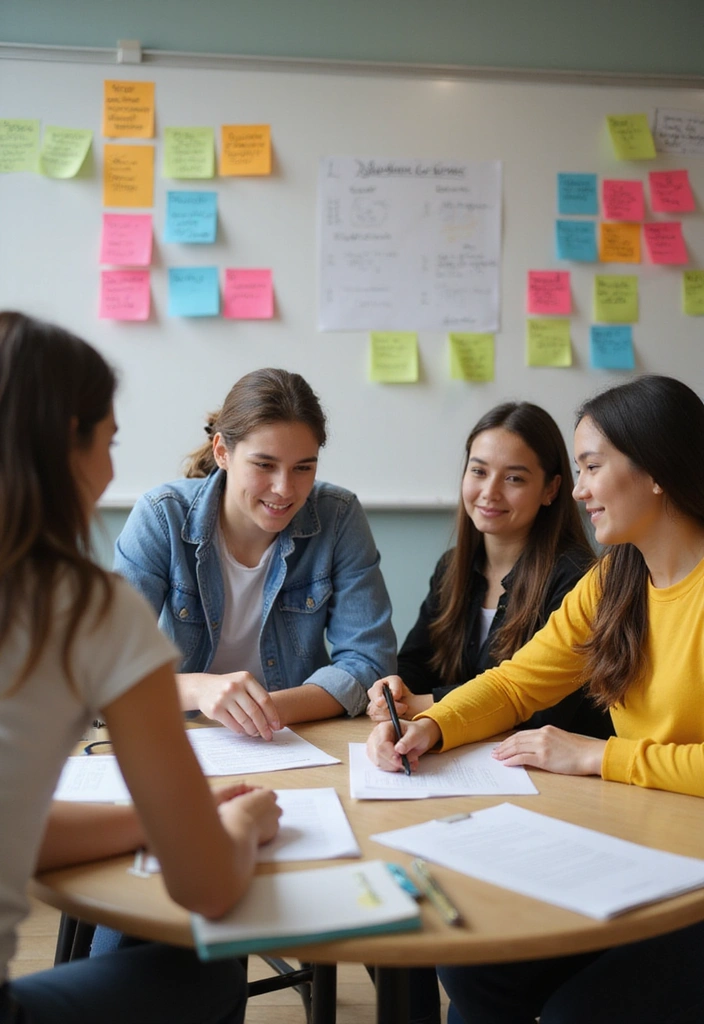
Offering choices in learning activities can empower students and significantly boost their motivation. When they have a say in their education, they’re more likely to feel invested and engaged.
Allow students to select project topics, decide on presentation styles, or choose between different assignments. This autonomy fosters a sense of ownership over their learning.
You can also provide options for how they demonstrate their understanding, whether through videos, presentations, or creative projects. This not only caters to diverse learning styles but also makes learning feel more relevant and exciting.
By giving students a voice, you cultivate an environment where they feel valued and motivated to participate actively.
13. Encourage Self-Reflection

Self-reflection cultivates critical thinking and self-awareness, directly impacting student motivation. When students take time to reflect on their learning experiences, they gain insights that can drive improvement.
Implement regular reflection exercises, such as journals or group discussions where students can share their thoughts on what worked for them and what didn’t. This encourages them to take ownership of their learning journey.
Ask guiding questions that prompt deeper thinking, such as, ‘What was the most challenging part of this project?’ or ‘How can I improve in the future?’
By fostering a culture of self-reflection, you help students develop resilience and a growth mindset, motivating them to strive for continuous improvement.
14. Build Strong Relationships

Building strong, positive relationships with students can drastically enhance their motivation. When students feel connected and supported, they are more likely to engage and participate in their learning.
Take time to get to know your students on a personal level; learn about their interests, strengths, and challenges. This can be done through casual conversations or structured activities that promote sharing.
Create a space where students feel comfortable expressing their ideas and concerns. A simple gesture like remembering a student’s favorite hobby or celebrating their birthday can go a long way in establishing trust and rapport.
Engage with parents and guardians to foster a collaborative approach to education. When families feel involved, students are more likely to succeed, knowing they have a support system both at home and school.
15. Be a Role Model

As an educator, being a role model is one of the most impactful ways to motivate students. Your enthusiasm for learning and your approach to challenges can inspire students to adopt similar attitudes.
Share your own learning experiences, including successes and failures, showing them that growth is a journey, not a destination. When students see you tackle challenges with a positive outlook and a willingness to learn from mistakes, they are likely to emulate that behavior.
Engage in continuous professional development or share your passion for learning new skills, demonstrating that learning never stops. This encourages students to embrace their own learning journeys and view them as important and exciting.
By modeling what it means to be a lifelong learner, you instill a love for learning in your students.
Final Review

Boosting student motivation requires intention and creativity, but the rewards are limitless.
By incorporating these strategies into your teaching approach, you can create an inspiring learning environment that encourages students to thrive. Remember, every small change can make a big difference in their educational journey.
So go ahead and implement these techniques; watch as your students transform into engaged and motivated learners!




